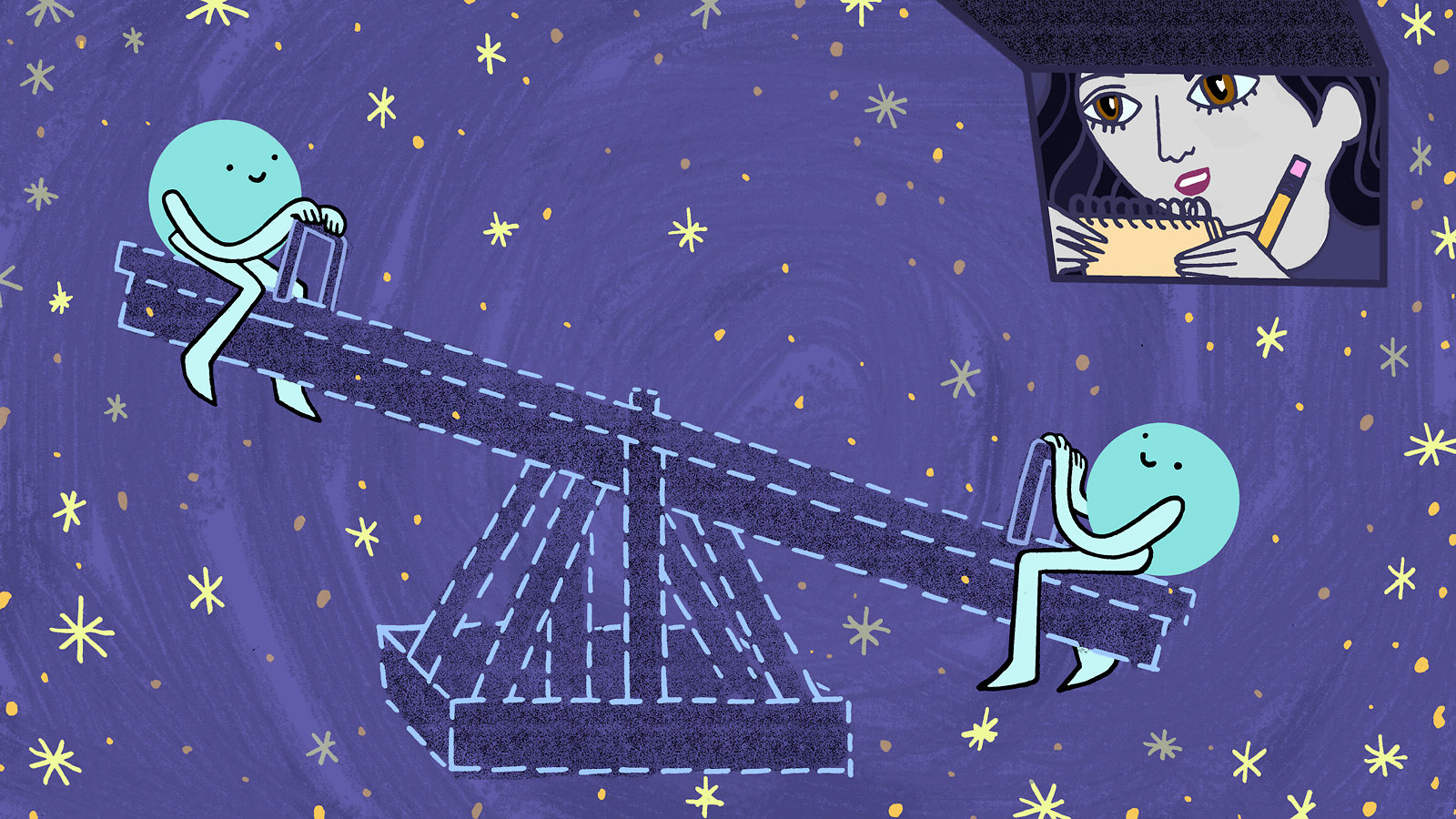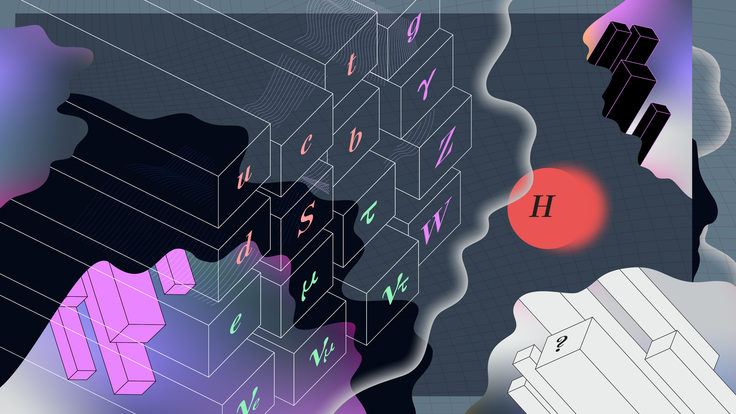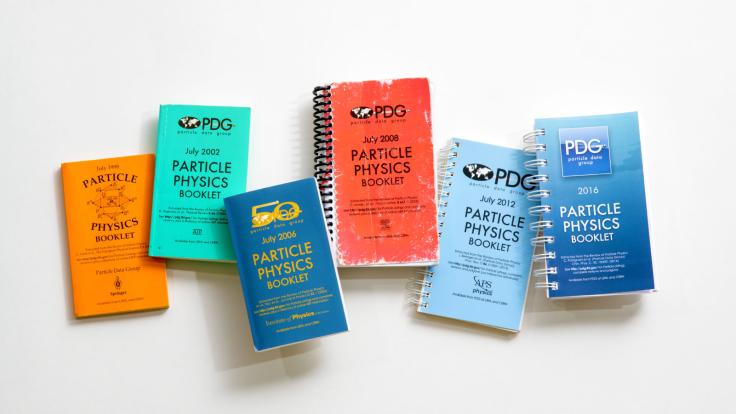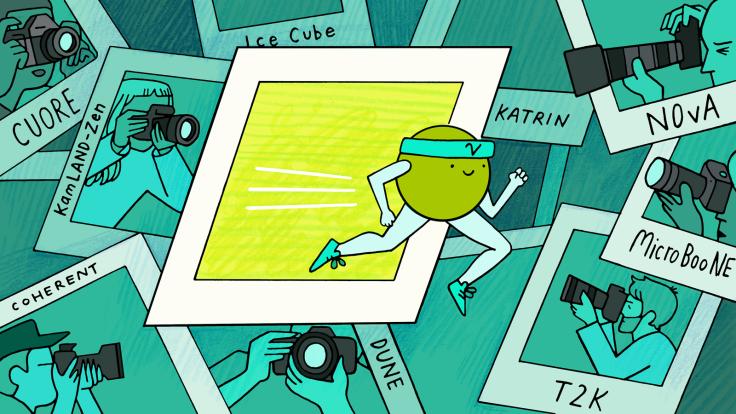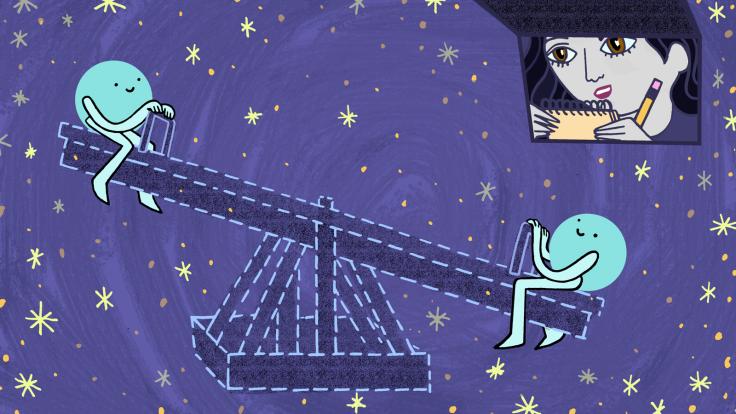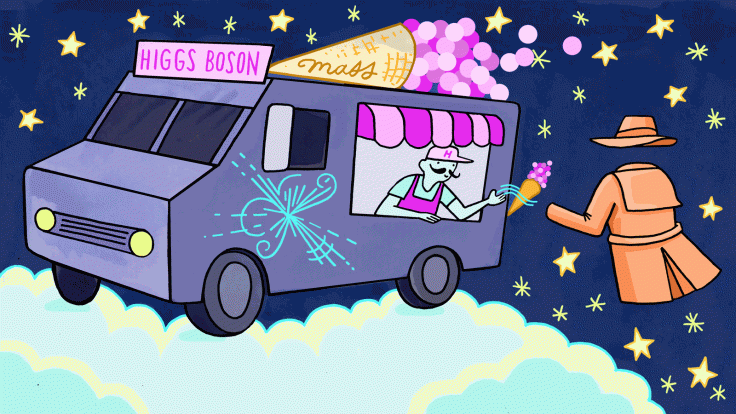Over 12 billion years ago, speeding particles of light left an extremely luminous celestial object called a quasar and began a long journey toward a planet that did not yet exist. More than 4 billion years later, more photons left another quasar for a similar trek. As Earth and its solar system formed, life evolved, and humans began to study physics, the particles continued on their way. Ultimately, they landed in the Canary Island of La Palma in a pair of telescopes set up for an experiment testing the very nature of reality.
The experiment was designed to study quantum entanglement, a phenomenon that connects quantum systems in ways that are impossible in our macro-sized, classical world. When two particles, like a pair of electrons, are entangled, it’s impossible to measure one without learning something about the other. Their properties, like momentum and position, are inextricably linked.
“Quantum entanglement means that you can’t describe your joint quantum system in terms of just local descriptions, one for each system,” says Michael Hall, a theoretical physicist at the Australian National University.
Entanglement first arose in a thought experiment worked out by none other than Albert Einstein. In a 1935 paper, Einstein and two colleagues showed that if quantum mechanics fully described reality, then conducting a measurement on one part of an entangled system would instantaneously affect our knowledge about future measurements on the other part, seemingly sending information faster than the speed of light, which is impossible according to all known physics. Einstein called this effect “spooky action at a distance,” implying something fundamentally wrong with the budding science of quantum mechanics.
Decades later, quantum entanglement has been experimentally confirmed time and again. While physicists have learned to control and study quantum entanglement, they’ve yet to find a mechanism to explain it or to reach consensus on what it means about the nature of reality.
“Entanglement itself has been verified over many, many decades,” says Andrew Friedman, an astrophysicist at University of California, San Diego, who worked on the quasar experiment, also known as a “cosmic Bell test.” “The real challenge is that even though we know it’s an experimental reality, we don’t have a compelling story of how it actually works.”
Bell’s assumptions
The world of quantum mechanics—the physics that governs the behavior of the universe at the very smallest scales—is often described as exceedingly weird. According to its laws, nature’s building blocks are simultaneously waves and particles, with no definite location in space. It takes an outside system observing or measuring them to push them to “choose” a definitive state. And entangled particles seem to affect one another’s “choices” instantaneously, no matter how far apart they are.
Einstein was so dissatisfied with these ideas that he postulated classical “hidden variables,” outside our understanding of quantum mechanics, that, if we understood them, would make entanglement not so spooky. In the 1960s, physicist John Bell devised a test for models with such hidden variables, known as “Bell’s inequality.”
Bell outlined three assumptions about the world, each with a corresponding mathematical statement: realism, which says objects have properties they maintain whether they are being observed or not; locality, which says nothing can influence something far enough away that a signal between them would need to travel faster than light; and freedom of choice, which says physicists can make measurements freely and without influence from hidden variables. Probing entanglement is the key to testing these assumptions. If experiments show that nature obeys these assumptions, then we live in a world we can understand classically, and hidden variables are only creating the illusion of quantum entanglement. If experiments show that the world does not follow them, then quantum entanglement is real and the subatomic world is truly as strange as it seems.
“What Bell showed is that if the world obeys these assumptions, there’s an upper limit to how correlated entangled particle measurements can be,” Friedman says.
Physicists can measure properties of particles, such as their spin, momentum or polarization. Experiments have shown that when particles are entangled, the outcome of these measurements are more statistically correlated than would be expected in a classical system, violating Bell’s inequalities.
In one type of Bell test, scientists send two entangled photons to detectors far apart from one another. Whether the photons reach the detectors depends on their polarization; if they are perfectly aligned, they will pass through, but otherwise, there is some probability they will be blocked, depending on the angle of alignment. Scientists look to see whether the entangled particles wind up with the same polarization more often than could be explained by classical statistics. If they do, at least one of Bell’s assumptions can’t be true in nature. If the world does not obey realism, then properties of particles aren’t well defined before measurements. If the particles could influence one another instantaneously, then they would somehow be communicating to one another faster than the speed of light, violating locality and Einstein’s theory of special relativity.
Scientists have long speculated that previous experimental results can be explained best if the world does not obey one or both of the first two of Bell’s assumptions—realism and locality. But recent work has shown that the culprit could be his third assumption—the freedom of choice. Perhaps the scientists’ decision about the angle at which to let the photons in is not as free and random as they thought.
The quasar experiment was the latest to test the freedom of choice assumption. The scientists determined the angle at which they would allow photons into their detectors based on the wavelength of the light they detected from the two distant quasars, something determined 7.8 and 12.2 billion years ago, respectively. The long-traveling photons took the place of physicists or conventional random number generators in the decision, eliminating earthbound influences on the experiment, human or otherwise.
At the end of the test, the team found far higher correlations among the entangled photons than Bell’s theorem would predict if the world were classical.
That means that, if some hidden classical variable were actually determining the outcomes of the experiment, in the most extreme scenario, the choice of measurement would have to have been laid out long before human existence—implying that quantum “weirdness” is really the result of a universe where everything is predetermined.
“That’s unsatisfactory to a lot of people,” Hall says. “They’re really saying, if it was set up that long ago, you would have to try and explain quantum correlations with predetermined choices. Life would lose all meaning, and we’d stop doing physics.”
Of course, physics marches on, and entanglement retains many mysteries to be probed. In addition to lacking a causal explanation for entanglement, physicists don’t understand how measuring an entangled system suddenly reverts it to a classical, unentangled state, or whether entangled particles are actually communicating in some way, mysteries that they continue to explore with new experiments.
“No information can go from here to there instantaneously, but different interpretations of quantum mechanics will agree or disagree that there’s some hidden influence,” says Gabriela Barreto Lemos, a postdoctoral researcher at the International Institute of Physics in Brazil. “But something we all agree upon is this definition in terms of correlation and statistics.”
Looking for something strange
Developing a deeper understanding of entanglement can help solve problems both practical and fundamental. Quantum computers rely on entanglement. Quantum encryption, a theoretical security measure that is predicted to be impossible to break, also requires a full understanding of quantum entanglement. If hidden variables are valid, quantum encryption might actually be hackable.
And entanglement may hold the key to some of the most fundamental questions in physics. Some researchers have been studying materials with large numbers of particles entangled, rather than simply pairs. When this many-body entanglement happens, physicists observe new states of matter beyond the familiar solid, liquid and gas, as well as new patterns of entanglement not seen anywhere else.
“One thing it tells you is that the universe is richer than you previously suspected,” says Brian Swingle, a University of Maryland physicist researching such materials. “Just because you have a collection of electrons does not mean that the resulting state of matter has to be electron-like.”
Such interesting properties are emerging from these materials that physicists are starting to realize that entanglement may actually stitch together space-time itself—a somewhat ironic twist, as Einstein, who first connected space and time in his relativity theory, disliked quantum mechanics so much. But if the theory proves correct, entanglement could help physicists finally reach one of their ultimate goals: achieving a theory of quantum gravity that unites Einstein’s relativistic world with the enigmatic and seemingly contradictory quantum world.
“It’s important to do these experiments even if we don’t believe we’re going to find anything strange,” Lemos says. “In physics, the revolution comes when we think we’re not going to find something strange, and then we do. So you have to do it.”



